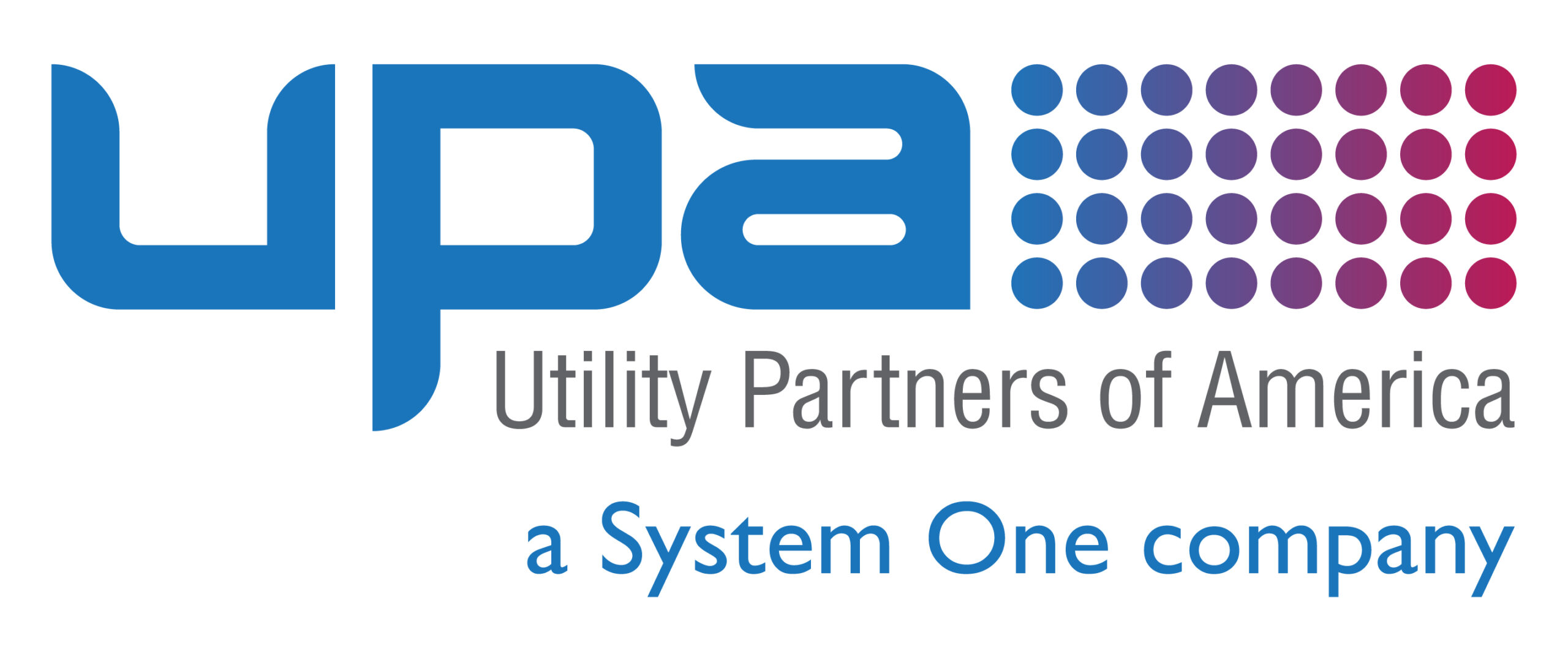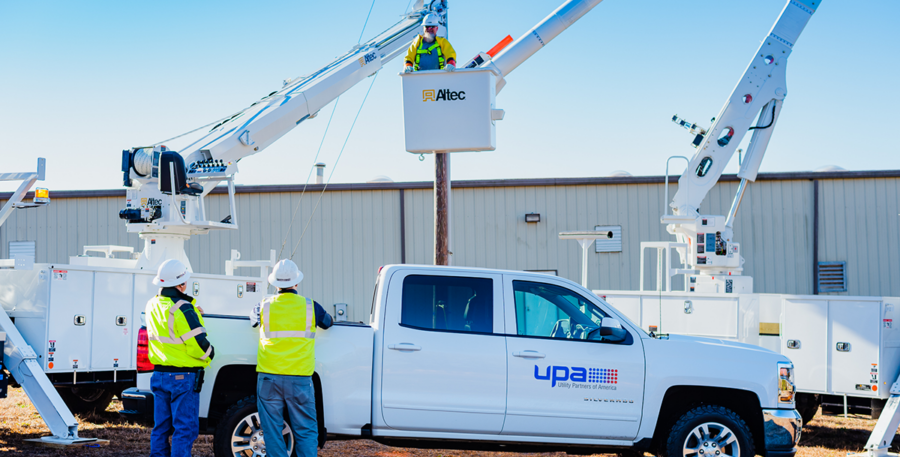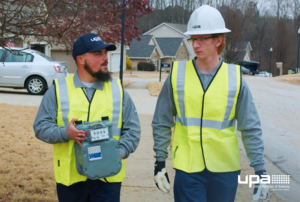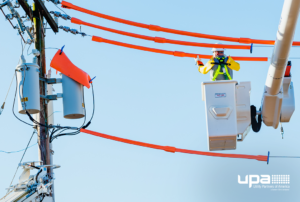It’s been said that the lineworkers who install and maintain utility poles are among the toughest and most fearless employees you’ll find in today’s workforce. While installation offers its own set of complexities, the physical act of maintaining power lines is what really tests the resolve of these courageous employees. Also known as powerline technicians, these lineworkers scale poles ranging from 20 to 100 feet every day. They navigate the dangers of height and intense voltage, all to help their fellow citizens avoid power disruptions.
No one will ever doubt that the job carries its share of hazards. Certainly, a well-documented safety plan can eliminate some of the most common risks and the potential for injury. Of course, utility companies across the globe tout employee safety as a top priority. We are firm believers in the power of a reminder. Whether you feel good about your company’s safety plan, or you could simply use a few fresh pointers, read on. You’ll learn three keys to utility pole maintenance safety.
Use the right tools in the right way
Lineworkers yield powerful tools. As they say, “with great power comes great responsibility.” As leadership, it’s imperative to have regular discussions with your employees about these tools. And when it’s appropriate to use certain tools in specific situations. By reinforcing tool suitability, your employees will remain safer. Safe employees mean more productivity and the ability to be more efficient.
Related: Basic Asset Management: Benefits of Preventive Maintenance
Wear proper personal protective equipment
This one seems like a no-brainer. A lineworker should wear a hard hat, eye protection, rubber gloves, and the correct harness at all times to keep them safe. Rules regarding PPE (personal protective equipment) are in place for a reason, and the onus is on leadership to emphasize the importance of those rules.
Because of the elements that a lineworker is exposed to, the expectation that any job is easy is wrong. In order to remain safe and in compliance with federal guidelines, employees should never make such an assumption. All employees should wear their assigned PPE while performing work.
Related: OSHA and Beyond: Keep Employees Safe in the Field
Consistently communicate about safety
There tends to be a misconception among the trades that communicating with employees doesn’t work. While it would definitely be easier to just blast an email out about safety, the reality is that all employees don’t always have access to email and even if they do, they don’t have the capacity to check it. However, that doesn’t mean there aren’t ways to consistently communicate with employees about crucial subjects like safety.
Related: On Board With a Safety Culture? 5 Tips To Make it Stick
Holding a daily tailgate meeting for those on their shift is an outstanding way to address a safety concern or communicate an important message. This setting usually works best when done in a way that is interactive and not tedious, so think of an idea to liven up the conversation. Providing visuals, either through video or even printed photos, is another way to keep someone’s interest.
Supporting your message of safety is all about finding ways to interject reminders. Leave laminated cards with safety tips in company vehicles, put up posters in break rooms in the shop. Instituting a safety award is a great motivator. Your employees can vote on which of their peers they feel has carried out the spirit of safety.
UPA can help achieve your safety goals
By implementing these three key points about utility lineworker safety, you’re likely to improve your company’s operations. Most importantly the safety of your employees. Utility Partners of America has partnered with many utilities and energy co-ops on the execution of these strategies and others. If you’re interested in learning how we could help your business, contact us today.




